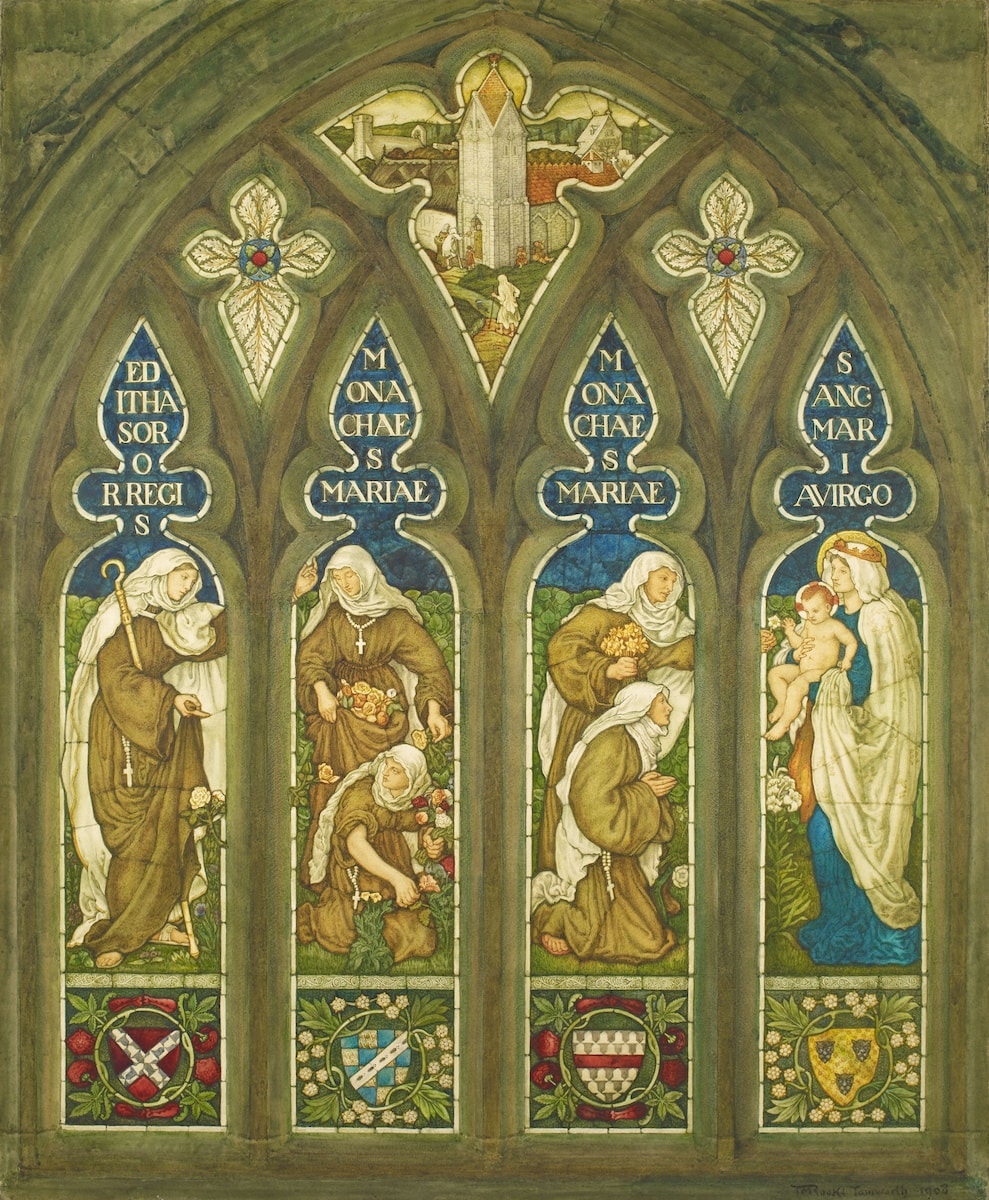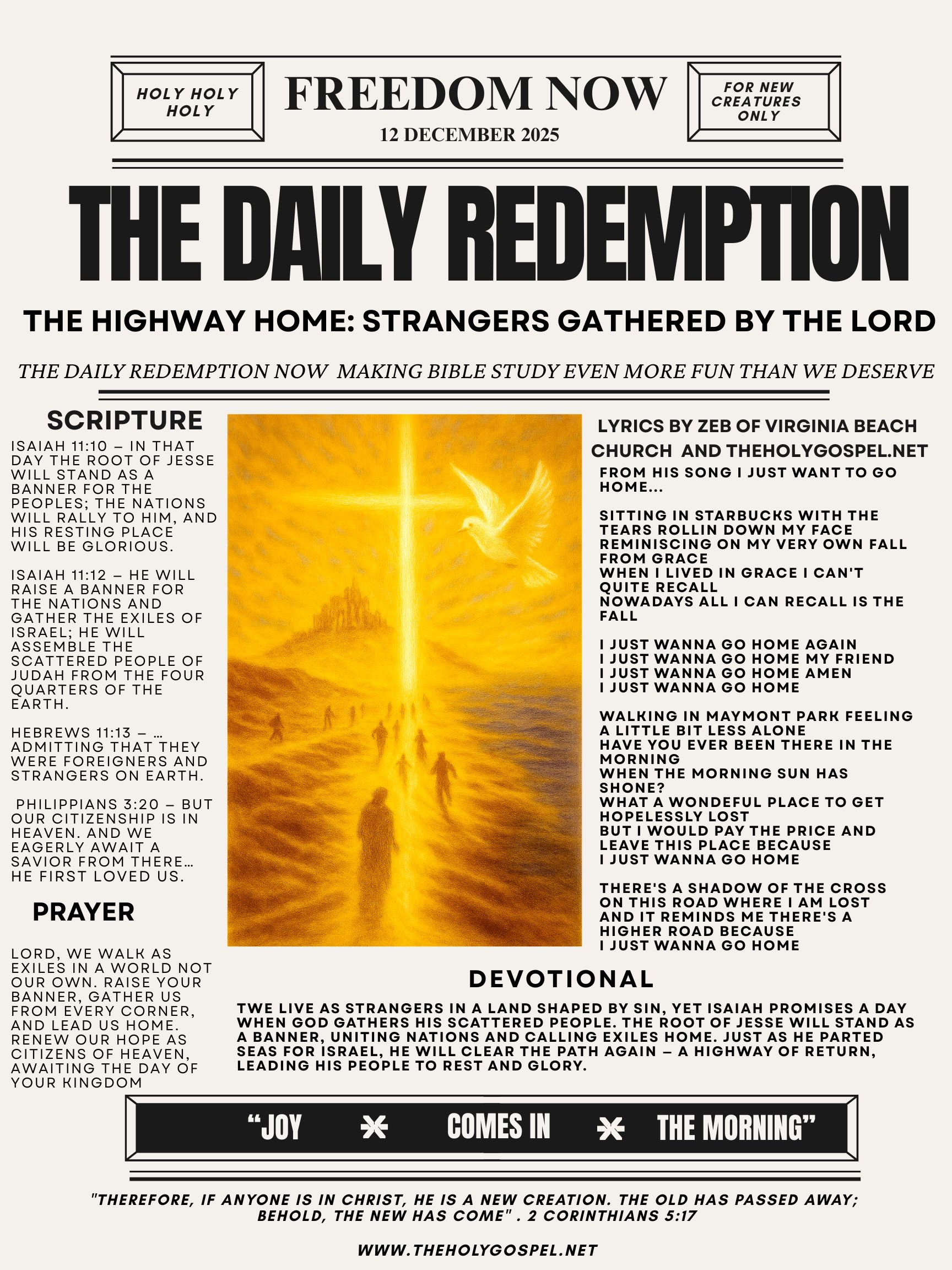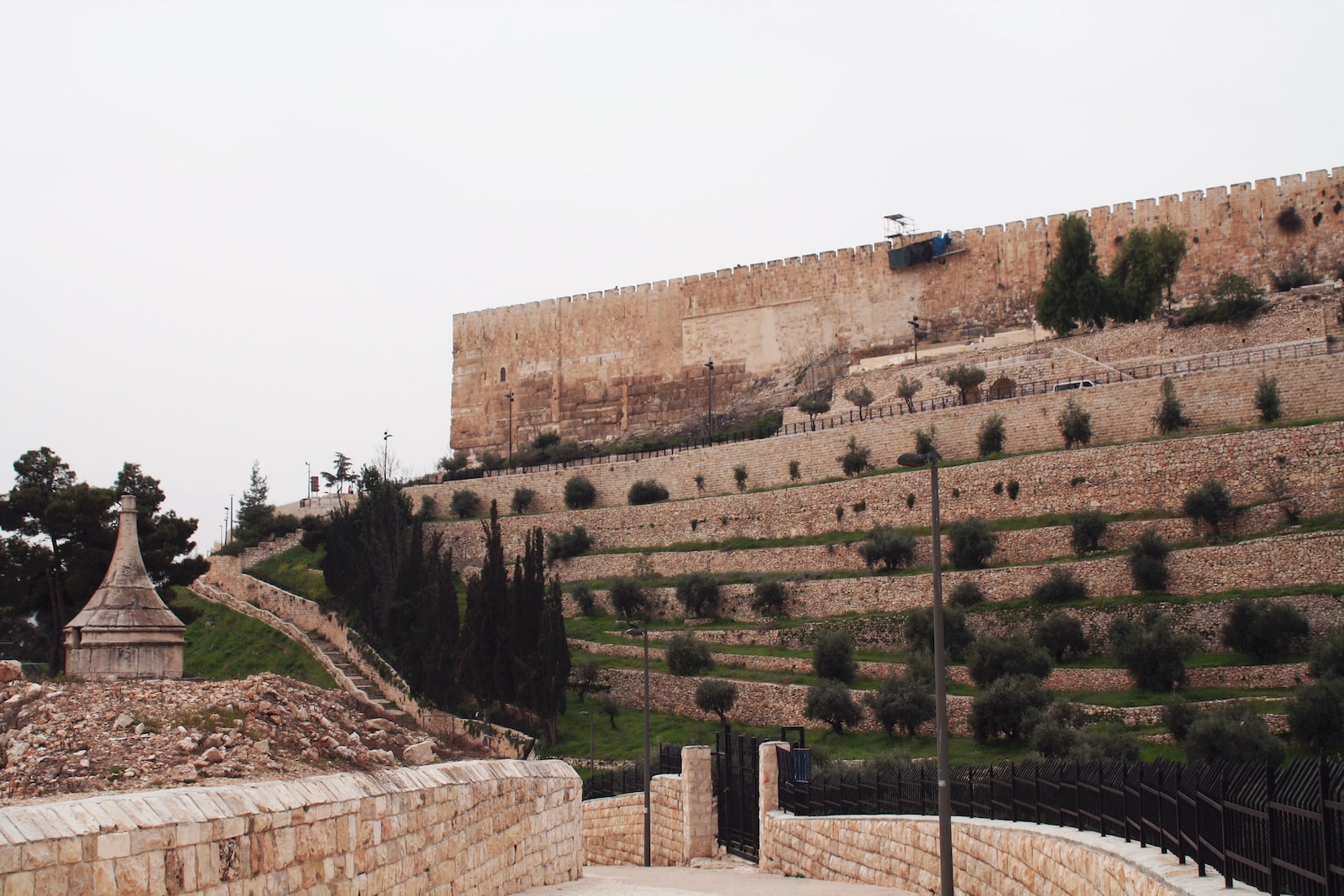Overview of Isaiah 34
Isaiah 34, a pivotal chapter in the book of Isaiah, presents a profound depiction of divine judgment and desolation. This chapter holds immense significance not only within the context of the book of Isaiah but also in its exploration of messianic, gospel, symbolic, and prophetic elements. The themes within Isaiah 34 are deeply interconnected with the portrayal of Jesus and his redemptive mission, offering a compelling perspective on the enduring relevance of this prophetic text.
For example, the symbolic imagery in Isaiah 34, such as the desolation and devastation, can be seen as a powerful foreshadowing of Jesus’ redemptive work and the ultimate triumph over sin and evil. The vivid portrayal of divine intervention and the restoration of righteousness resonates with the Christian understanding of Jesus as the messiah and the fulfillment of God’s redemptive plan. This highlights the profound connections between Isaiah 34 and the messianic identity of Jesus, inviting a deeper exploration of the chapter’s prophetic significance in relation to the life and mission of Jesus.
Furthermore, Isaiah 34’s portrayal of judgment and devastation must be understood within the historical and biblical context of the book of Isaiah. The chapter’s themes of divine retribution and the consequences of moral degradation are deeply rooted in the societal and moral challenges faced by the people of that time. By delving into the historical context, we gain insight into the reasons for the prophesied divine retribution, enriching our understanding of the chapter’s profound significance. This historical backdrop enhances the impact of the chapter’s message, offering a sobering reminder of the consequences of straying from God’s will and moral principles. Thus, the overview of Isaiah 34 provides a compelling foundation for delving into its messianic, gospel, symbolic, and prophetic elements, shedding light on its profound connections to Jesus and his redemptive mission.
Literal Interpretation of Isaiah 34
The vivid imagery of judgment and desolation in Isaiah 34 presents a compelling portrayal of the consequences of moral degradation and rebellion against divine truth. This chapter’s literal depiction of divine retribution serves as a powerful reminder of the enduring nature of the consequences of human actions and the divine response to moral transgressions. The striking language used in the passage paints a haunting picture of the repercussions of turning away from divine righteousness, underscoring the timeless principles of justice and accountability.
Moreover, understanding the historical context of the chapter is crucial in comprehending the gravity of the impending judgment. This context provides insight into the societal and moral challenges faced by the people of that time, shedding light on the reasons for the prophesied divine retribution. By delving into the historical context and literal meaning of the chapter, individuals can gain a deeper understanding of the timeless principles it conveys. This interpretation invites readers to consider the broader implications of divine judgment and the significance of remaining steadfast in moral integrity. This historical contextualization enriches the chapter’s portrayal of divine judgment, offering a poignant reflection on the enduring implications of moral transgressions.
Messianic Elements in Isaiah 34
When exploring the messianic elements in Isaiah 34, it is essential to compare perceived messianic elements with Christian beliefs about Jesus as the Messiah. While the chapter may not explicitly mention the Messiah, certain verses and symbols are interpreted as foreshadowing the redemptive work and the role of Jesus as the promised Savior. For instance, the symbolic imagery of divine retribution and the ultimate triumph of righteousness align with the Christian understanding of Jesus as the fulfillment of God’s plan for the restoration and renewal of all things. This illustrates the profound connections between Isaiah 34 and the messianic hope embedded in the chapter, underscoring the chapter’s prophetic significance in pointing towards the redemptive work of Jesus.
Moreover, the comparison of perceived messianic elements in Isaiah 34 with Christian beliefs about Jesus as the Messiah draws attention to the symbolic language used to describe the desolation and upheaval. This symbolic imagery can be interpreted as a foreshadowing of Jesus’ ultimate victory over sin and evil, reinforcing his messianic identity and the profound connection between Isaiah 34 and the redemptive mission of Jesus. Such comparisons offer valuable insights into the messianic elements embedded in Isaiah 34, inviting a deeper exploration of the chapter’s profound significance within the broader narrative of Jesus as the fulfillment of divine promises.
#Isaiah34 #PropheticJudgment #GospelPromise #SymbolisminScripture #JesusRedemption #DivineJustice #JudgmentandSalvation #GospelRevelation #PropheticImagery #MessianicHope #GospelFulfillment #SymbolicLanguage #PropheticAnticipation #JesusRole #RedemptioninChrist #SalvationNarrative #BiblicalProphecy #GodsRighteousness #JudgmentScenes #GospelContrast
Gospel Message in Isaiah 34
The gospel message within Isaiah 34 is profoundly intertwined with the life and teachings of Jesus, resonating with the redemptive narrative central to the Christian faith. The chapter’s depiction of divine judgment and the subsequent restoration of God’s people echoes the foundational elements of the gospel, portraying a narrative of redemption, reconciliation, and hope. This gospel message serves as a compelling illustration of the profound connections between Isaiah 34 and the redemptive mission of Jesus, offering a deeper understanding of the symbolic significance of the text in relation to the messianic narrative.
An example of the gospel message in Isaiah 34 can be found in verse 16, where it states, “Search and read the scroll of the Lord: Not one of these will be missing, none will lack her mate. For it is his mouth that has given the order, and his Spirit will gather them together.” This verse can be seen as a foreshadowing of the unity and restoration brought by Jesus, symbolizing the unification and gathering of believers under the grace and salvation offered through his teachings and sacrificial death. Such verses in Isaiah 34 are interpreted as integral components of the gospel message, emphasizing the prophetic significance of the chapter in pointing towards the redemptive work of Jesus and the hope he brings to humanity.
Symbolic Interpretation of Isaiah 34
The symbolic interpretation of Isaiah 34 unveils profound connections to Jesus and his mission. For example, the chapter’s depiction of desolation and judgment can be symbolically linked to Jesus’ role as the ultimate judge and the fulfillment of divine justice. This symbolic association highlights Jesus’ authority and the ultimate reckoning for all humanity, echoing the New Testament teachings about Jesus as the righteous judge of the world.
Furthermore, the portrayal of a desolate land inhabited by wild animals and possibly demonic creatures in Isaiah 34 can be seen as a symbolic representation of the spiritual wilderness that humanity finds itself in without the redemptive work of the Messiah. This imagery aligns with the biblical narrative of Jesus’ mission to restore and reconcile humanity to God, symbolizing the transformation from spiritual desolation to divine restoration through Christ’s redemptive sacrifice and teachings. These symbolic elements in Isaiah 34 illuminate the profound connection between the chapter and Jesus’ redemptive mission, offering a deeper understanding of the symbolic significance of the text in relation to the messianic narrative.
Moreover, the symbolic imagery in Isaiah 34 extends to the portrayal of cosmic and ecological catastrophes, which can be interpreted as symbolic representations of the spiritual upheaval and restoration brought about by Jesus’ life, death, and resurrection. This symbolism underscores the transformative power of Jesus’ redemptive work and the cosmic implications of his mission, emphasizing the profound impact of his life and teachings on the spiritual and cosmic order. Therefore, the symbolic interpretation of Isaiah 34 not only reveals the profound connections to Jesus and his mission but also provides a rich tapestry of symbolic imagery that enhances the understanding of Jesus’ redemptive role within the broader biblical narrative.
Prophetic Significance of Isaiah 34
The prophetic significance of Isaiah 34 is deeply rooted in its portrayal of divine judgment and the ultimate triumph of righteousness. This chapter offers a poignant glimpse into the end-time prophecies and the day of the LORD’s vengeance, which holds immense significance in the broader narrative of biblical prophecy. The vivid imagery of desolation and the fierce judgment of the LORD sets the stage for a time of great tribulation, ecological catastrophes, and unparalleled human and cosmic upheaval.
Isaiah 34’s prophetic message emphasizes the impending consequences of divine judgment, serving as a reminder of the repercussions of human disobedience and the ultimate sovereignty of God. This prophetic dimension of the chapter is interconnected with the broader biblical narrative, shedding light on the theological framework of eschatological events and the fulfillment of God’s redemptive plan for humanity. The chapter’s depiction of the desolate land inhabited by wild animals and potentially demonic creatures serves as a stark portrayal of the consequences of divine judgment and the restoration that follows, reinforcing the prophetic nature of Isaiah 34 and its implications for the culmination of human history.
Moreover, Isaiah 34’s prophetic significance extends beyond a mere description of judgment and desolation; it intricately weaves together themes of divine justice, restoration, and the ultimate victory of righteousness. By exploring the prophetic nuances of this chapter, one gains a deeper understanding of the intricate tapestry of biblical prophecy and its profound implications for the fulfillment of God’s purposes in human history. The vivid imagery and symbolism in Isaiah 34 serve as a poignant reminder of the prophetic anticipation of divine intervention and the establishment of God’s sovereignty, offering an insightful lens through which to comprehend the unfolding of end-time prophecies and the enduring relevance of Isaiah 34 in understanding the divine plan for humanity.
Jesus in Isaiah 34
Exploring the connections between Isaiah 34 and the life and mission of Jesus reveals a profound alignment with the portrayal of Jesus as the fulfillment of Old Testament prophecies. In Isaiah 34, the judgment and desolation depicted can be interpreted as a symbolic representation of the consequences of sin, which Jesus came to address through his sacrificial mission. For example, the fierce judgment described in the chapter can be seen as a prefiguration of the ultimate judgment and redemption brought by Jesus. This highlights the prophetic nature of Isaiah 34 and its significance in foreshadowing the redemptive work of Jesus.
Furthermore, the symbolic imagery in Isaiah 34, such as the desolate land inhabited by wild animals and possibly demonic creatures, can be understood as a representation of the spiritual desolation that Jesus came to overcome. His ministry, teachings, and ultimate sacrifice were aimed at restoring humanity to a harmonious relationship with God, symbolically reversing the desolation described in the chapter. This emphasizes the profound connection between Isaiah 34 and the redemptive mission of Jesus, providing a compelling perspective on the prophetic significance of the chapter in relation to Jesus’ life and teachings.
Moreover, the portrayal of desolation and divine judgment in Isaiah 34 can be seen as a precursor to the ultimate victory and restoration brought about by Jesus. The chapter’s themes of divine retribution and the consequences of moral degradation are deeply intertwined with the redemptive narrative of Jesus. By exploring the connections between Isaiah 34 and the life and mission of Jesus, we gain a deeper understanding of the profound alignment between the chapter’s prophetic significance and Jesus’ role as the fulfillment of divine promises.
Historical and Biblical Context of Isaiah 34
The book of Isaiah was written during a time of significant political and social upheaval in ancient Israel. Isaiah 34 is situated within the broader context of the prophetic messages delivered by the prophet Isaiah to the people of Judah. At this time, the nation of Judah was facing increasing threats from neighboring powers, and there was a prevalent sense of moral and spiritual decay among the Israelites. The historical context of Isaiah 34 provides a backdrop for the themes of judgment and divine retribution that are prevalent throughout the chapter.
Furthermore, the biblical context of Isaiah 34 is deeply interconnected with the broader theological narrative of the Old Testament. The chapter is part of the larger prophetic tradition that emphasizes God’s sovereignty, justice, and redemptive plan for humanity. Understanding this context is crucial for interpreting the significance of the judgment and devastation depicted in Isaiah 34. Moreover, the themes of divine judgment and the ultimate triumph of God’s justice are recurrent motifs that find resonance not only within the book of Isaiah but also across various other prophetic writings in the Old Testament.
An example of the historical and biblical context shaping the content of Isaiah 34 can be found in the depiction of the day of the LORD’s vengeance. This concept of the day of the LORD is a recurring theme in the prophetic literature of the Old Testament and represents a time of divine intervention and judgment upon the nations. By delving into the historical and biblical context, we gain a deeper understanding of the prophetic significance of Isaiah 34 and its portrayal of divine judgment in the larger tapestry of God’s redemptive plan for humanity.
Moreover, the historical and biblical context of Isaiah 34 offers valuable insights into the societal and moral challenges faced by the people of that time, shedding light on the reasons for the prophesied divine retribution. By delving into this context, we gain a deeper understanding of the enduring relevance of the chapter’s themes and their profound connections to the broader biblical narrative. This historical and biblical contextualization enriches the chapter’s portrayal of divine judgment, offering a poignant reflection on the enduring implications of moral transgressions and the divine response to human actions.
Criticisms and Interpretations of Messianic and Prophetic Aspects
When considering the messianic and prophetic aspects of Isaiah 34, it’s essential to acknowledge the differing scholarly interpretations that exist. Some scholars approach the chapter with caution, emphasizing the need for historical and contextual analysis to understand the intended meaning of the text. They argue that while certain passages may be perceived as messianic by Christian traditions, it’s important to critically examine whether these interpretations align with the original context and intended message of Isaiah 34.
Moreover, alternate views regarding the messianic and prophetic elements of Isaiah 34 offer valuable insights into the diversity of interpretations within biblical scholarship. Some scholars may propose alternative understandings of specific verses or symbols within the chapter, inviting readers to consider the multifaceted nature of prophetic literature. These differing perspectives contribute to a rich tapestry of interpretations, prompting individuals to approach the text with humility and a willingness to engage in dialogue with varying viewpoints.
An example of differing scholarly interpretations can be found in the analysis of the symbolic imagery in Isaiah 34. While some scholars may emphasize the messianic and prophetic significance of this symbolism, others may approach it with caution, highlighting the need for a nuanced understanding of the cultural and historical context. By engaging with these criticisms and alternate interpretations, readers are prompted to delve deeper into the historical context of the chapter, enabling a more nuanced understanding of its prophetic significance.
Conclusion: Significance of Isaiah 34 in Understanding Jesus
Isaiah 34 holds a profound significance in providing a comprehensive and intricate perspective on Jesus from a messianic, gospel, symbolic, and prophetic lens. The chapter’s portrayal of divine judgment and desolation serves as a poignant foreshadowing of the redemptive work and the ultimate triumph over sin and evil brought by Jesus. The messianic elements, gospel message, symbolic interpretation, and prophetic significance of Isaiah 34 offer a compelling framework for understanding the profound connections between the chapter and the life and mission of Jesus.
The historical and biblical context of Isaiah 34 enriches this understanding, providing a backdrop for the themes of judgment and divine retribution that are prevalent throughout the chapter. Furthermore, the diverse scholarly interpretations of the messianic and prophetic aspects of Isaiah 34 underscore the multifaceted nature of biblical scholarship and the richness of interpretations within the text.
In conclusion, Isaiah 34 offers a profound exploration of the messianic, gospel, symbolic, and prophetic elements that shed light on the enduring significance of the chapter in understanding Jesus from a prophetic perspective. This chapter serves as a testament to the intricate tapestry of biblical prophecy and its profound implications for the fulfillment of God’s redemptive plan for humanity. The messianic, gospel, symbolic, and prophetic perspectives on Isaiah 34 provide a compelling lens through which to explore the profound connections between the chapter and the redemptive mission of Jesus, inviting further contemplation and study of these rich theological themes.



